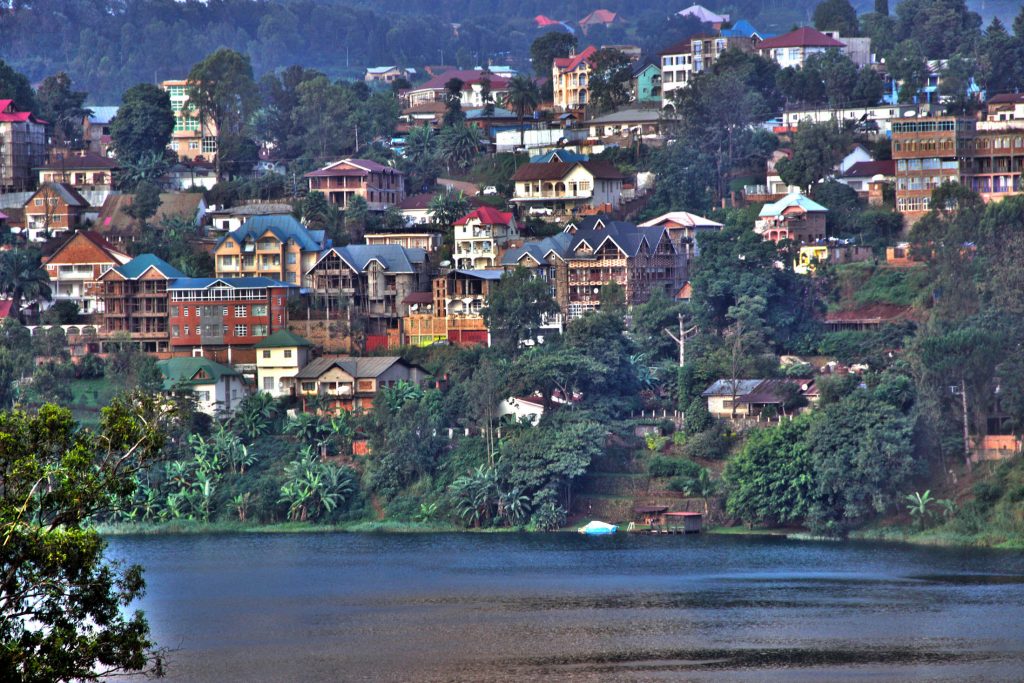

Despite the high level of current expenditures (wage expenditures exceeding their budget by 10.9 percent), a 39.3 percent increase in tax revenues, thanks to tax controls and penalties, has lowered the budget deficit from 2.1 percent to 1.6 percent of GDP between 20. The country’s growth is driven by strong commodity exports (11.5 percent) and private investment (9.8 percent).

Growth in the non-extractive sectors has shifted from a contraction of 1.3 percent in 2020 to growth of 3.3 percent in 2021, driven by telecommunications, energy, and non-business services.

Despite its vaunted wealth, the country remains one of the poorest and least developed in the world, mired in armed conflict in the eastern part of the country for a quarter century.Īfter a year of moderate growth, 1.7 percent in 2020, the economy expanded by 5.7 percent in 2021, driven by increased mining production and high world prices for exports such as copper and cobalt. Prices for both metals have risen sharply in the past year. The DRC is Africa’s largest producer of copper and the world’s largest producer of cobalt, a strategic metal used in battery manufacture. Most raw mineral deposits remain untapped and have an estimated value of $24 trillion. The DRC’s economy is largely dependent on commodity prices, particularly the prices of copper, cobalt, tin, tungsten, and tantalum. Its strategic location in Central Africa makes it a potentially attractive market for American companies. It has exceptional natural resources, including mineral deposits (cobalt, copper, etc.), great hydroelectric potential, vast arable land, tremendous biodiversity, and the second largest tropical forest in the world. The Democratic Republic of Congo (DRC) is the largest country in sub-Saharan Africa, with an area the size of Western Europe. Economic Development Organizations (EDO).Foreign Direct Investment Attraction Events.Facing a Foreign Trade AD/CVD or Safeguard Investigation?.


 0 kommentar(er)
0 kommentar(er)
